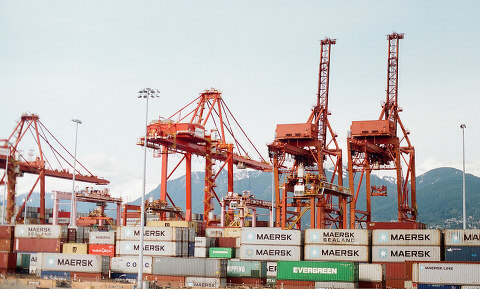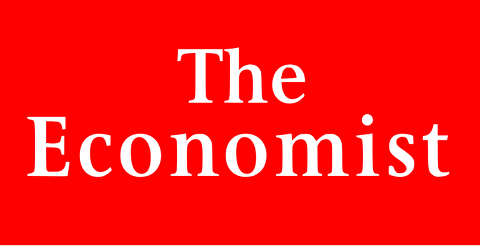The Economist Special Report on Supply Chains
If a serious organisation wanted to emulate any media in its communication style, it would probably be The Economist. It has the most informed, senior audience in business and politics, and is highly respected around the world.

Much of its journalism output is not necessarily a format that non-media organisations would emulate. But its special reports often provide good models for corporate content.
Here we take a look at its July 2019 Special Report on Supply Chains, and how companies could do something similar.
The format
The report is presented as seven articles all of which work independently, but which also work together to deliver a broad understanding of the many changes and issues affecting supply chains.

We will go through each section and examine why such an approach makes for effective content.
- Introduction: Supply chains undergoing dramatic transformation: This introduces the subject. It stars with a bold quote from a global supply chain expert declaring an end to globalisation as we know it (‘heretical a few years ago’). It then explains how global supply chains have been established over the past decades as business has reached across the globe, and what now threatens them, from tech to geopolitics.
Takeaway: Start with a bold intro introducing the topic, explain the background and the key points This should serve the reader wanting a quick overview, whilst inspiring other to dig deeper into the report for more detail. - Multinational companies are adjusting: This provides the perspective of the multinational corporations (MNCs) managing complex supply chains and what they are doing to adapt to changing global threats. It looks specifically at how geopolitical issues like Brexit and trade wars are affecting suppliers well down the line, the shock this might have to the company, and how they are changing tack to mitigate risk. The subsequent article provides a nuanced look at how supply chains are fragmenting across different industries.
Takeaway: This provides a perspective of how companies are already adjusting, highlighting immediate global problems and how companies are tackling them, and nodding to future ones. - Which way out? This short piece looks at research into the impact of a worst-case scenario (an all-out trade war).
Takeaway: Highlighting how bad things could get is a good way to make your audience pay attention, but framing it as a worst-case scenario avoids accusations of sensationalising which would undermine your credibility. - Amazon and Alibaba are pacesetters of the next supply-chain revolution: A piece looking at two leaders in the field and what we can learn from them.
Takeaway: A ‘learn from the best’ piece builds on the idea of best practice advice by rooting it in what’s really happening at your customers’ competitors. This provides a wakeup call to anyone not taking the issue seriously, as well as valuable insight into getting it right. - Digitisation is helping to deliver goods faster: This looks at supply chains from a technology perspective – examining what’s at the cutting edge, including AI and IoT, and how it can help transform supply chains.
Takeaway: There are few global issues where technology isn’t important. A dedicated section which specifically highlights digital disruption is a clear way to frame the issue, and especially valuable for those specifically interested in this side of things (which often includes big budget holders). - Companies must get ready for a riskier world: The final section looks at the specific threats, including cyber security, tariffs, and ‘The Huawei problem’. It also explores longer term treats such as climate change.
Takeaway: A section on risks highlights the dangers and provides the opportunity for very clear calls to action.
How to emulate The Economist Special Report’s style

This special report provides a good format for many subjects of global importance. If you have identified a burning issue for your customers, a similar format could go as follows:
- Broad introduction
- A look at global threats and how they affect the issue at hand, possibly from the perspective of a typical customer adjusting to the challenges they present
- A worst-case scenario box-out
- A look at who’s doing it well, and what they are doing
- How technology is creating disruption and what to do about it
- New threats and how to deal them
All of this should be done through research and interviews with experts. The report draws in expertise from Bain, McKinsey and a range of other trusted consultancies, Business academics such as those at MIT Sloane, and various MNCs and their contractors. Your own experts, customers, partners and contacts may provide just as good a source of insight.
For more insights like this, sign up to our newsletter.









